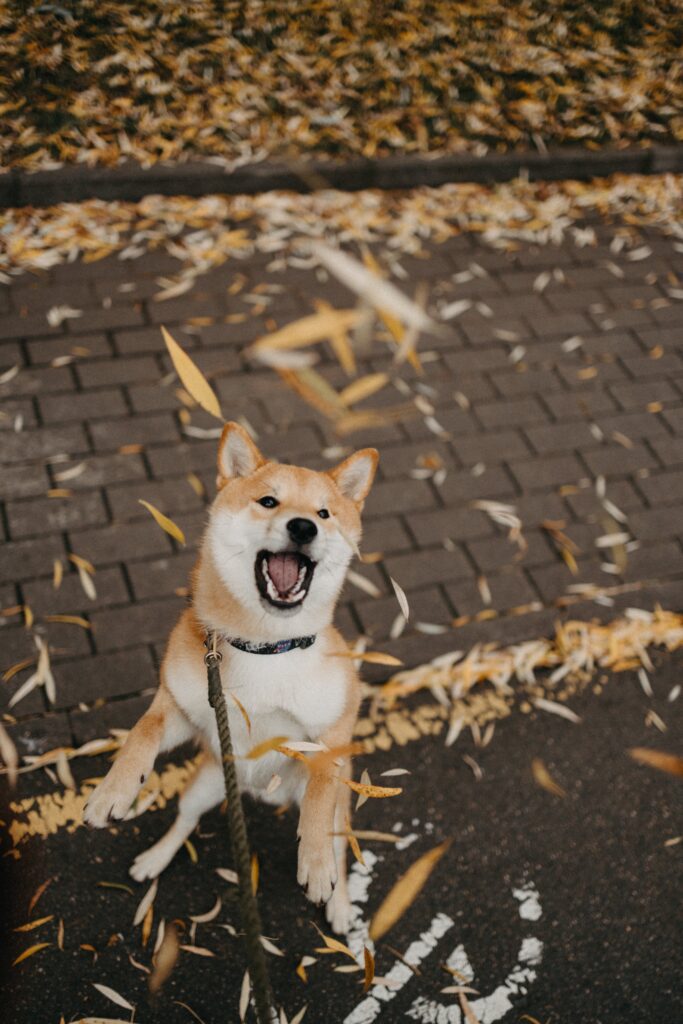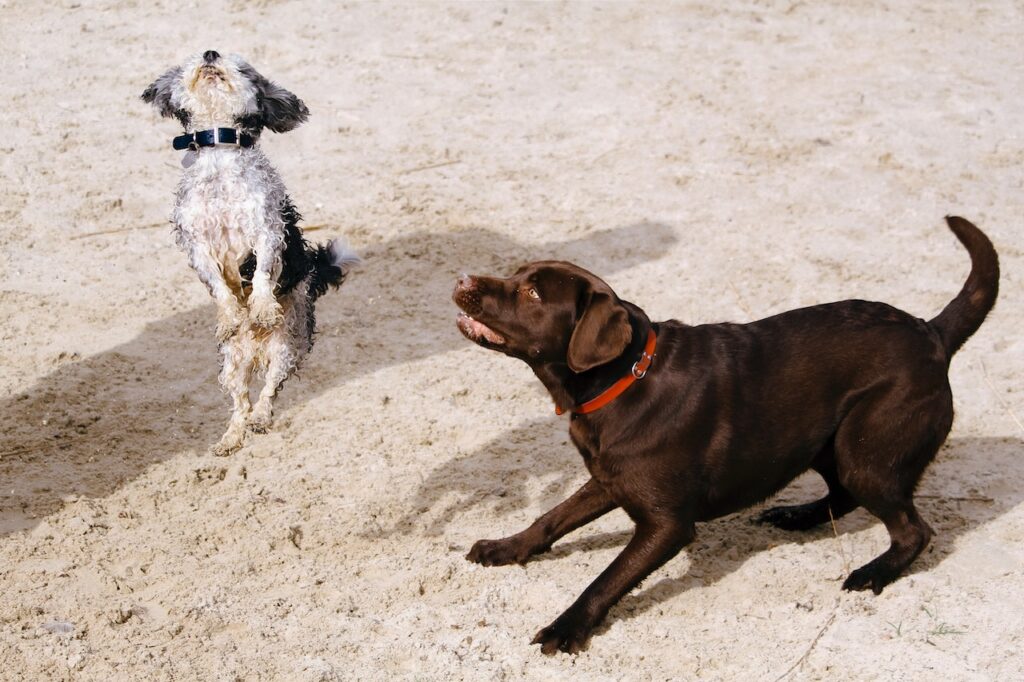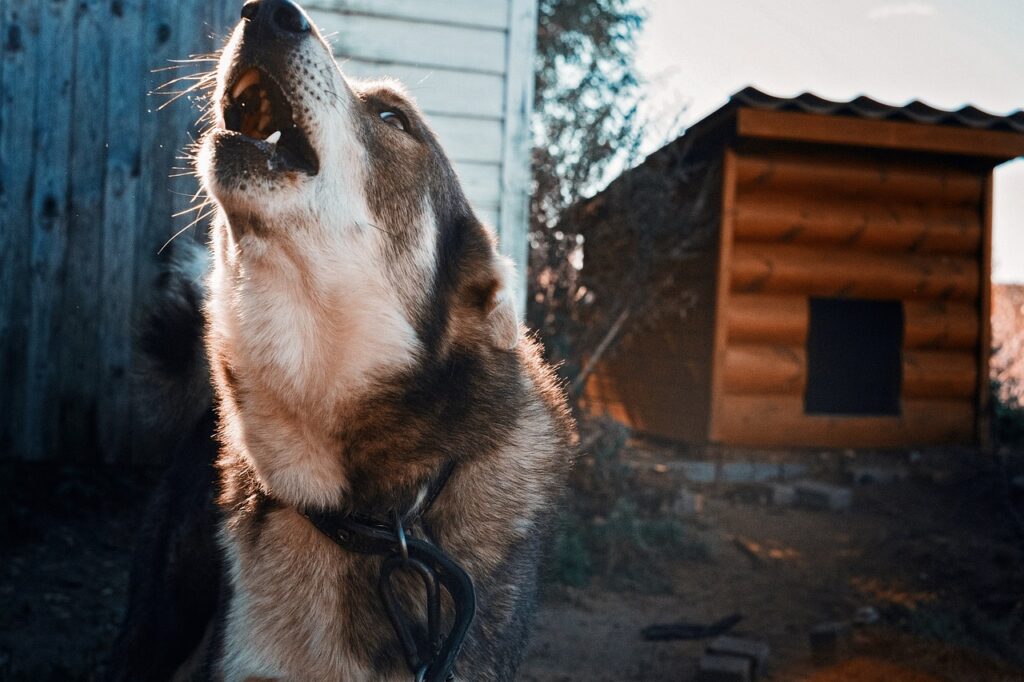In the realm of human-canine interactions, few things are as heartwarming as the enthusiastic greeting of a beloved dog. However, when this exuberant welcome extends to uninhibited jumping on guests, it can quickly transform from a display of affection to a source of frustration and potential injury. For dog owners, navigating this delicate balance between canine enthusiasm and appropriate behavior becomes paramount. This comprehensive guide delves into the underlying causes of excessive jumping, unveils a treasure trove of effective training techniques, and equips readers with practical tips to effectively curb this undesirable behavior.
Deciphering the Roots of Jumping Behavior
To effectively address excessive jumping, it’s crucial to understand the underlying motivations driving this behavior. Dogs are inherently social creatures, and jumping often stems from a combination of excitement, attention-seeking, and a desire for physical contact. While jumping may be an innate canine behavior, it’s essential to recognize that it’s a behavior that can and should be modified for the safety and comfort of both the dog and its human companions.
A Multifaceted Approach to Training
Addressing excessive jumping requires a multifaceted approach that encompasses positive reinforcement, consistent boundaries, and effective communication. Positive reinforcement, the cornerstone of modern dog training, involves rewarding desired behaviors with treats, praise, or play. This method encourages the dog to associate jumping with positive outcomes, gradually shaping its behavior towards more appropriate greetings.
Setting Clear Boundaries
Establishing clear and consistent boundaries is another crucial element in curbing excessive jumping. When guests arrive, instruct your dog to sit or stay in a designated spot. If the dog attempts to jump, calmly and firmly redirect it back to its designated area. This teaches the dog that jumping is not an acceptable way to greet guests and reinforces the desired behavior.
Harnessing the Power of Communication
Effective communication is key to successful dog training. When your dog jumps, avoid making eye contact, speaking to it, or petting it. This communicates your disapproval of the behavior and discourages the dog from repeating it. Conversely, when your dog greets guests calmly and appropriately, shower it with praise, treats, and affection. This positive reinforcement reinforces the desired behavior and strengthens the bond between you and your canine companion.
Additional Tips for Success
Provide Ample Exercise: A tired dog is a well-behaved dog. Ensure your dog receives regular exercise to channel its energy appropriately, reducing the likelihood of exuberant jumping.
Socialization is Key: Expose your dog to a variety of people and situations from an early age. This socialization process helps your dog learn how to interact appropriately with different individuals, reducing the chances of excessive jumping.
Seek Professional Guidance: If you’re struggling to curb your dog’s jumping behavior, consider seeking the assistance of a qualified dog trainer. A professional trainer can assess your dog’s individual needs and develop a tailored training plan to address the problem.
Conclusion
Excessive jumping is a common dog behavior that can be effectively managed with a combination of positive reinforcement, consistent boundaries, and effective communication. By understanding the underlying causes of jumping behavior and implementing the strategies outlined in this guide, dog owners can transform their canine companions into well-mannered greeters, ensuring harmonious interactions with guests and a more enjoyable living environment for all.



